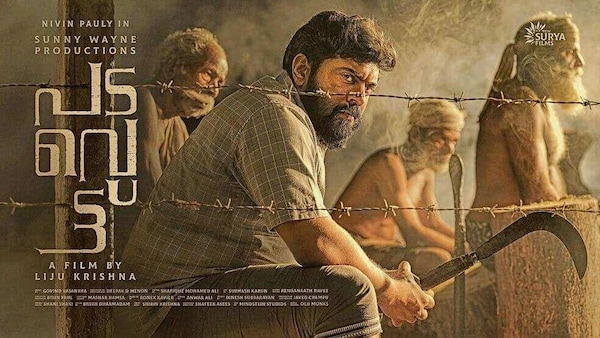Hindi producers bet big on regional cinema

- Lata Jha
LiveMint
Last Updated: 12.01 PM, Oct 29, 2022
Several producers who have worked primarily in Hindi cinema for years are gradually expanding into regional movies, lured by their cost effectiveness and greater chances of recovering investments.
While Boney Kapoor has already made three films with Tamil star Ajith, Saregama-owned boutique studio Yoodlee Films is dabbling in Punjabi, Marathi and Malayalam cinema.
Producers say production and marketing budgets as well as star remunerations have shot up in Bollywood, making regional films far more cost-effective in comparison.
Also, the fact that over-the-top (OTT) platforms are actively scouting for regional content adds to the recovery prospects of these films through the sale of digital rights.
Regional films are also working better overseas, and the industries are known to be more disciplined and systematic.
“The next stage of growth (in content consumption), on both theatrical and OTT front, will come from regional languages,” said Siddharth Anand Kumar, vice-president of films and television, Saregama India, which owns Yoodlee Films.
Budgets for regional theatrical film projects are considerably lower than those in Hindi, Kumar added, and star remunerations are far more rational, making for a healthier and more efficient filmmaking ecosystem.
Plus, unlike Bollywood stars, who are seeing major fluctuations in their box office fortunes of late, regional stars enjoy a more consistent fan following.
Yoodlee Films released Nivin Pauly-starrer Padavettu last week. It also has a Punjabi comedy titled Oye Makhna scheduled for next week and will enter Telugu and Kannada cinema next year.
Given that overall investments are lower, losses, too, are minimal if a regional film doesn’t work, said Marathi film producer Akshay Bardapurkar, who also feels technicians and VFX experts, much in demand thanks to the large-scale spectacles currently being planned, are better in the south.
Awareness with respect to regional content is generally at an all-time high, said Kanupriya A. Iyer, head of business affairs and senior producer at Locomotive Global Media, a production house.
“This stands true for films both for theatrical and OTT consumption. This has also resulted in producers being able to identify if a story would be better suited as a regional language film both in terms of its appeal and commercial market. It’s an organic strategy that is based on consumer trends,” Iyer said.
Other than both actors and technicians charging a premium in the Hindi industry, regional cinema also provides advantages to producers in terms of the overall fraternity used to scheduling projects better and an average actor managing anything between five to six movies a year, said Vaibhav Modi, founder-director at Victor Tango Entertainment, a production house.
“The number of single-screen theatres is higher in the south, and ticket prices are lower, so that changes the whole unit economics. Also, audiences aren’t as fragmented as they are in the north because all demographics are able to go to cinemas, making it more profitable for producers,” Modi explained.
To be sure, it’s not always smooth sailing.
Working in smaller regional industries such as Punjabi or Marathi also means that there are only a handful of stars who can bring returns, which are often limited, when compared with the robust box office numbers seen in Hindi or in south India.
The market is also hard to penetrate for Hindi producers, who aren’t entirely familiar with the ecosystem.
“However, the advantages outweigh the challenges,” Kumar said.

 Premium
Premium